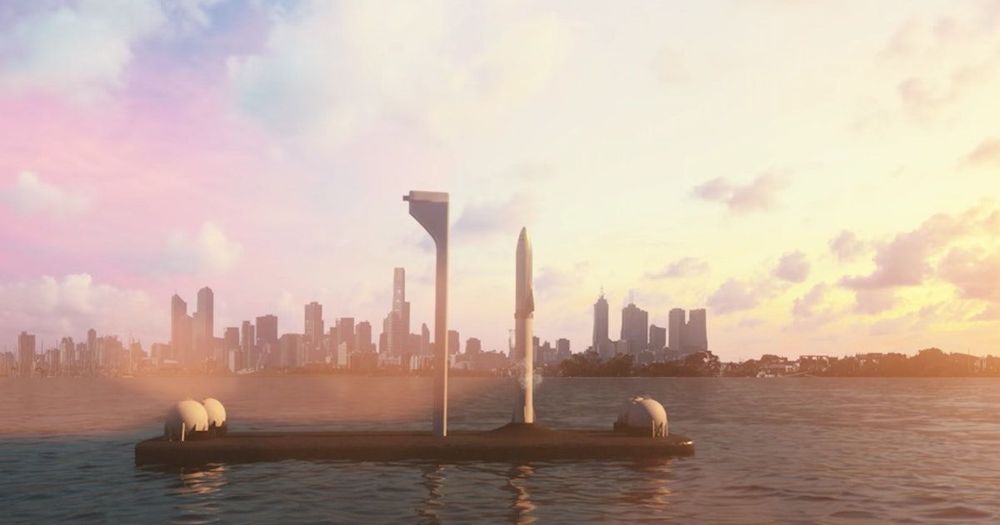In the March 1988 issue of Popular Mechanics, the legendary science fiction author Isaac Asimov wrote an article describing his vision for humanity’s return to the moon.
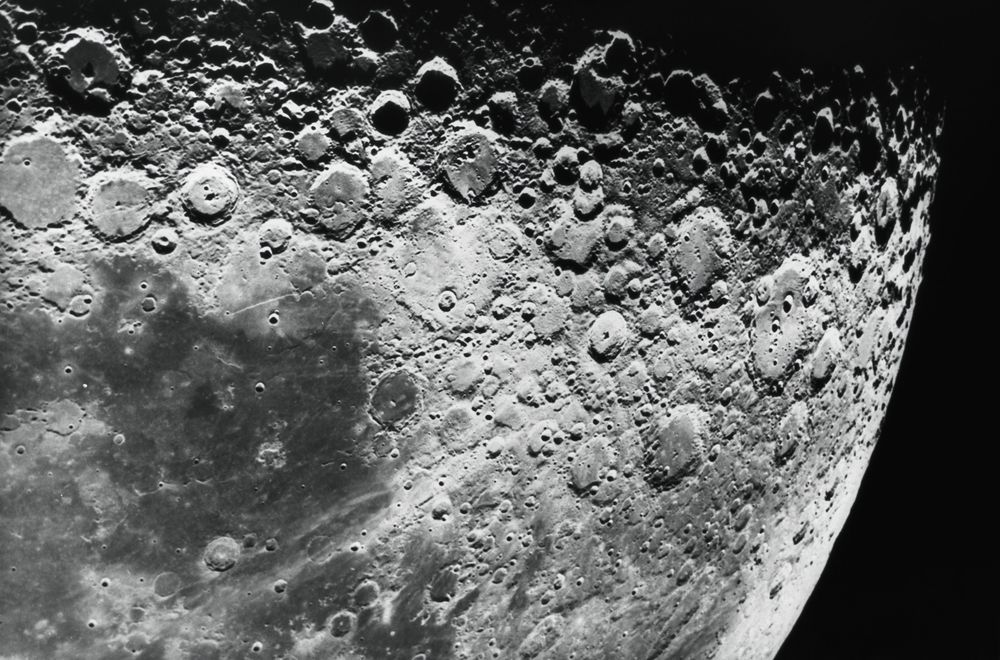

In the March 1988 issue of Popular Mechanics, the legendary science fiction author Isaac Asimov wrote an article describing his vision for humanity’s return to the moon.
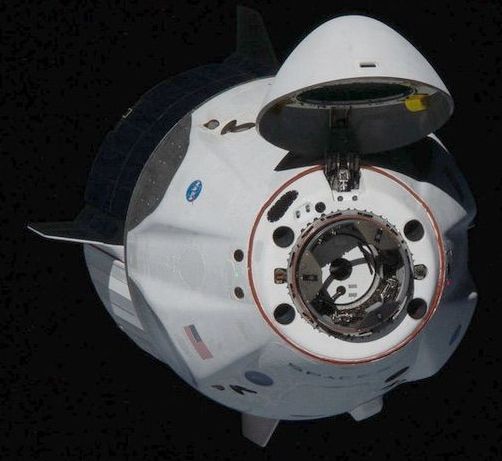
WASHINGTON — SpaceX’s Crew Dragon spacecraft is performing well enough on orbit to give NASA confidence that the mission can last until August, an agency official said June 9.
Ken Bowersox, the acting associate administrator for human exploration and operations at NASA, told an online meeting of two National Academies committees that NASA had been monitoring the health of the Crew Dragon spacecraft since its launch May 30 on the Demo-2 mission, carrying NASA astronauts Bob Behnken and Doug Hurley to the International Space Station.
NASA, he noted, had not set a length for the mission, saying they wanted to see how the Dragon performed in space. “The Dragon is doing very well, so we think it’s reasonable for the crew to stay up there a month or two,” he told members of the Aeronautics and Space Engineering Board and Space Studies Board.
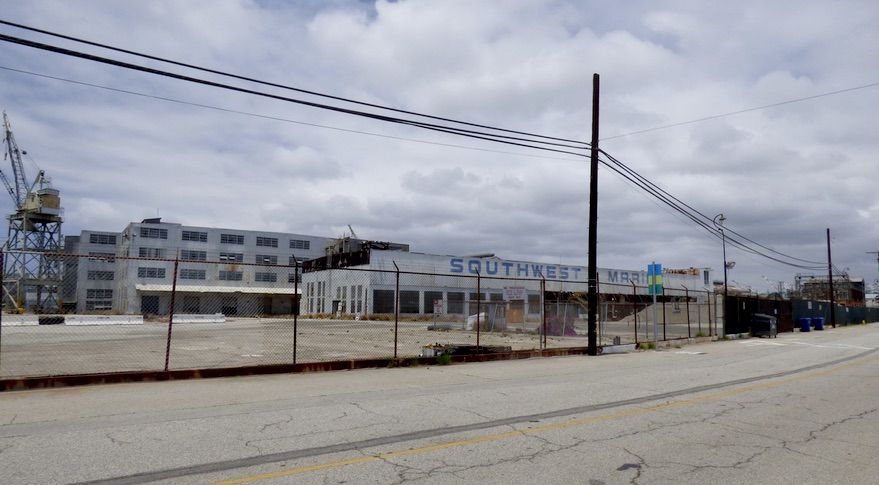
WASHINGTON — For the second time in less than 18 months, SpaceX has abandoned plans to build a manufacturing facility at the Port of Los Angeles for its next-generation Starship launch vehicle.
In a March 27 letter obtained by SpaceNews, SpaceX notified the Port of Los Angeles that it was terminating a lease approved just a month earlier for a parcel of land at the port. News of the lease termination was first reported by the Los Angeles Times.
The letter, signed by Bret Johnsen, SpaceX’s chief financial officer, served as a 45-day notice of SpaceX’s intent to terminate the lease, making the effective end date of the lease May 11. The letter did not explain why the company was terminating the lease.
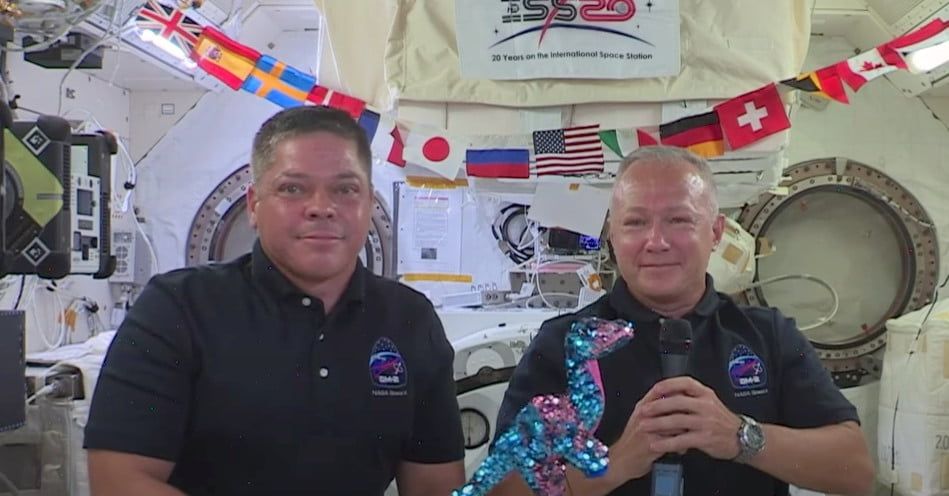

Billionaire investor Ron Baron believes there’s still plenty of room for growth for Elon Musk’s Tesla and SpaceX companies.
Baron said Tuesday morning on “Squawk Box” that he believes “there’s 10 times more to go” with Tesla. He also said SpaceX, a privately held company, will grow by a multiple of 20 in the next 10 years. He previously predicted similar growth for Tesla.
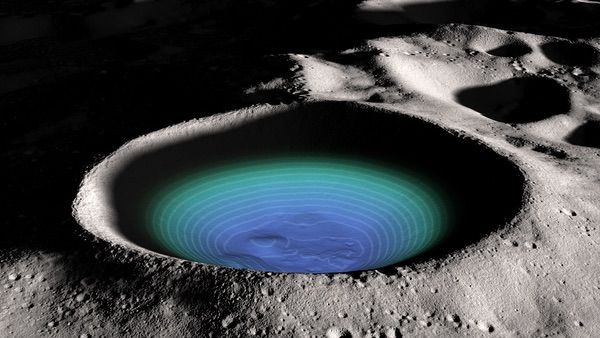
In May, NASA announced its intent to “establish a common set of principles to govern the civil exploration and use of outer space” referred to as the Artemis Accords.[1,2] The Accords were released initially as draft principles, to be developed and implemented through a series of bilateral agreements with international partners.
The Accords offer the possibility to advance practical implementations of long-held principles in the Outer Space Treaty (OST). They raise a rich set of policy questions as we begin to take the law into new levels of resolution. This bold pursuit of uncharted territories is to be applauded, and yet, there is also the risk of diverging from 53 years of international law.
One the ten principles is focused on Deconfliction of Activities, with “safety zones” named as a specific mechanism of implementation:
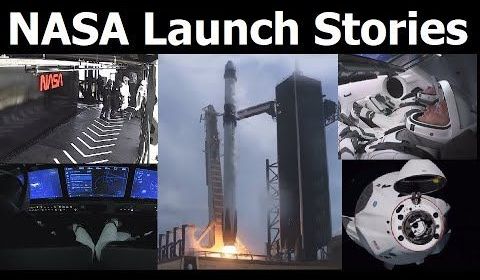
While watching the launch of SpaceX Crew Dragon, I noticed that, once the astronauts came out of the elevator in the fixed service structure, they had to ‘climb up’ one level using the stairs, before entering the white room through the crew access arm. I’m curious to know why doesn’t the elevator take them directly to the crew access arm level?
Earlier, I thought the reason might be due to the height difference between the side hatches on the Space Shuttle and Crew Dragon. But after seeing the following image it became evident that the difference is more than one level:
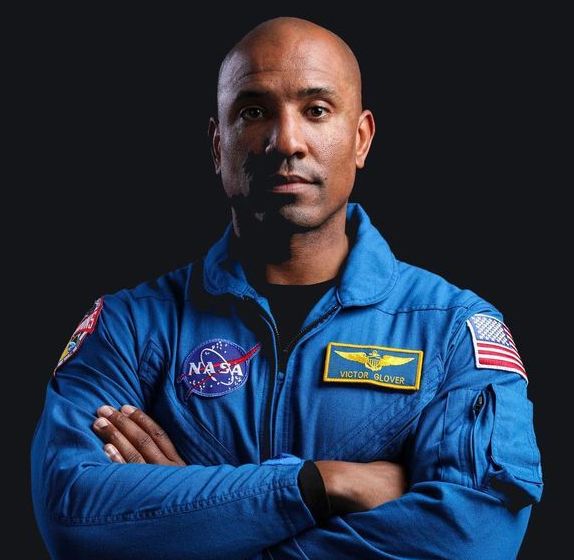

Humans are launching four separate missions to Mars in July 2020 (via @ Seeker)
